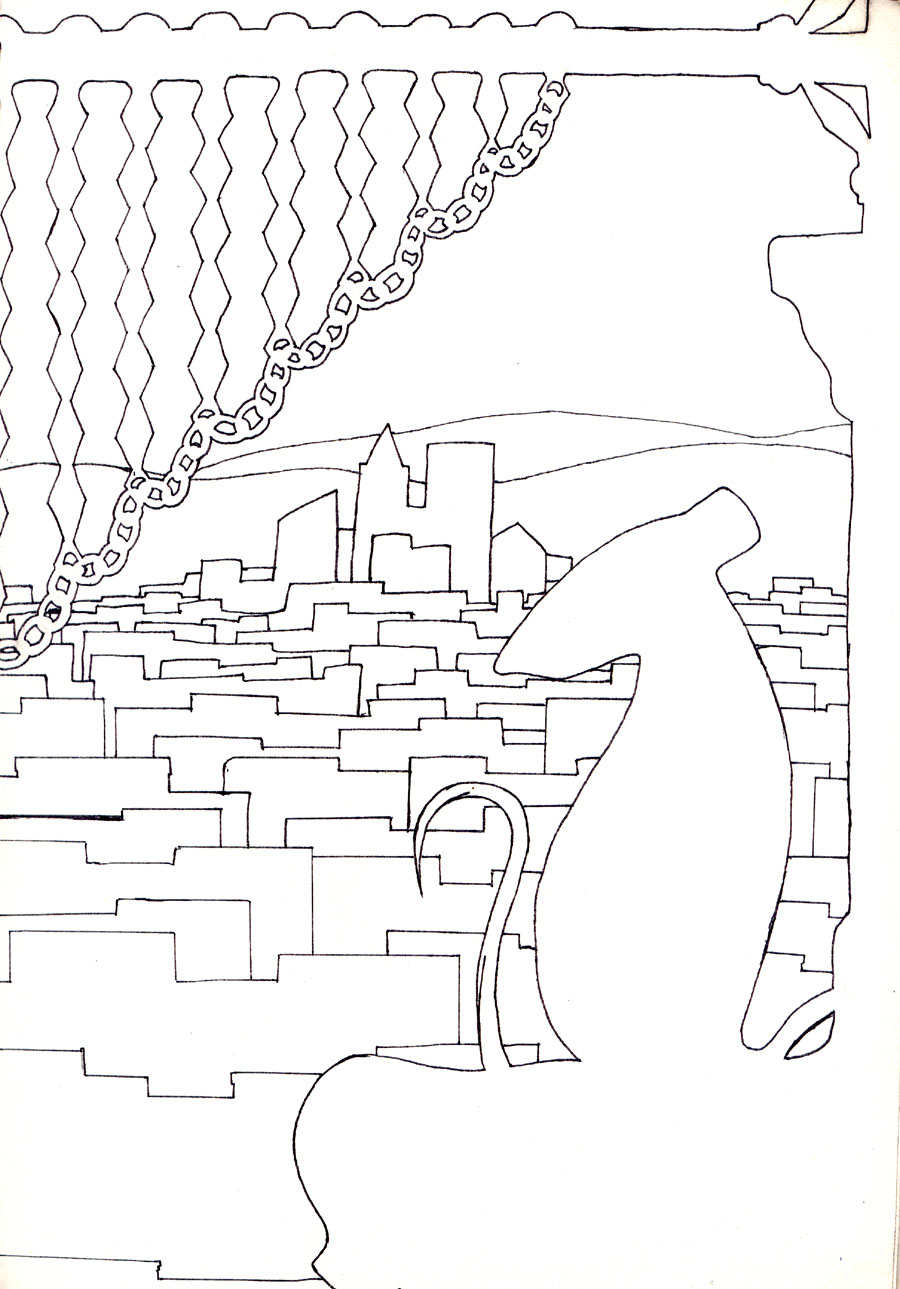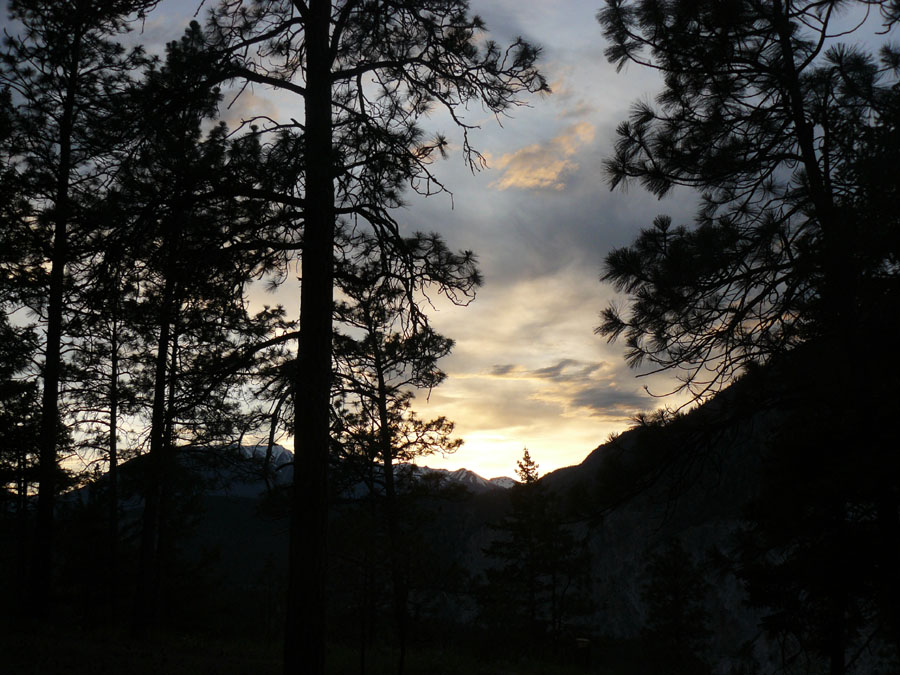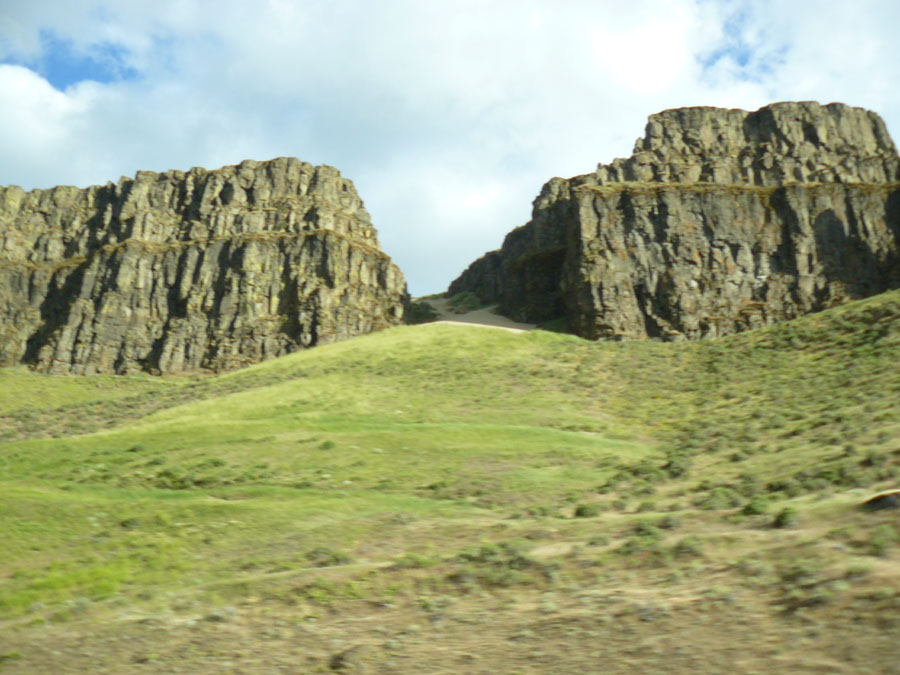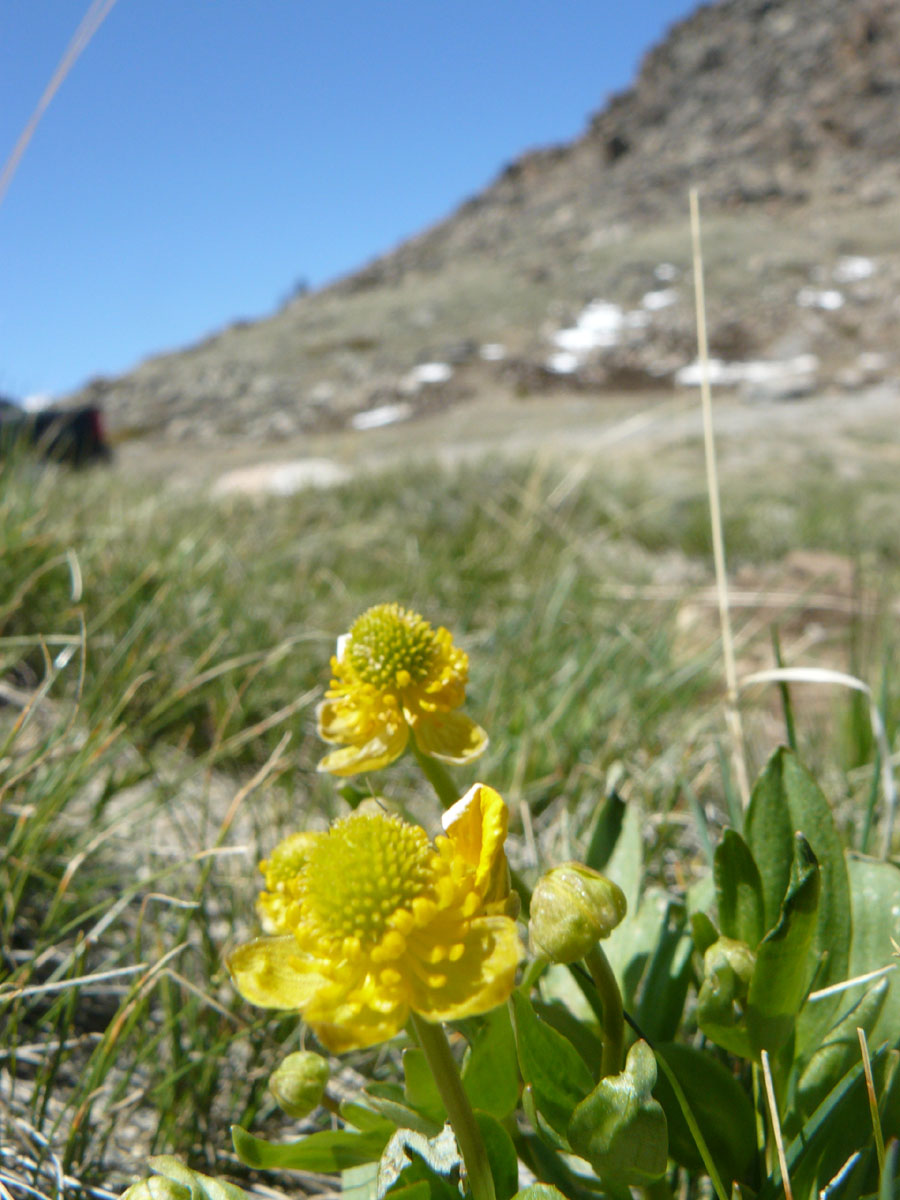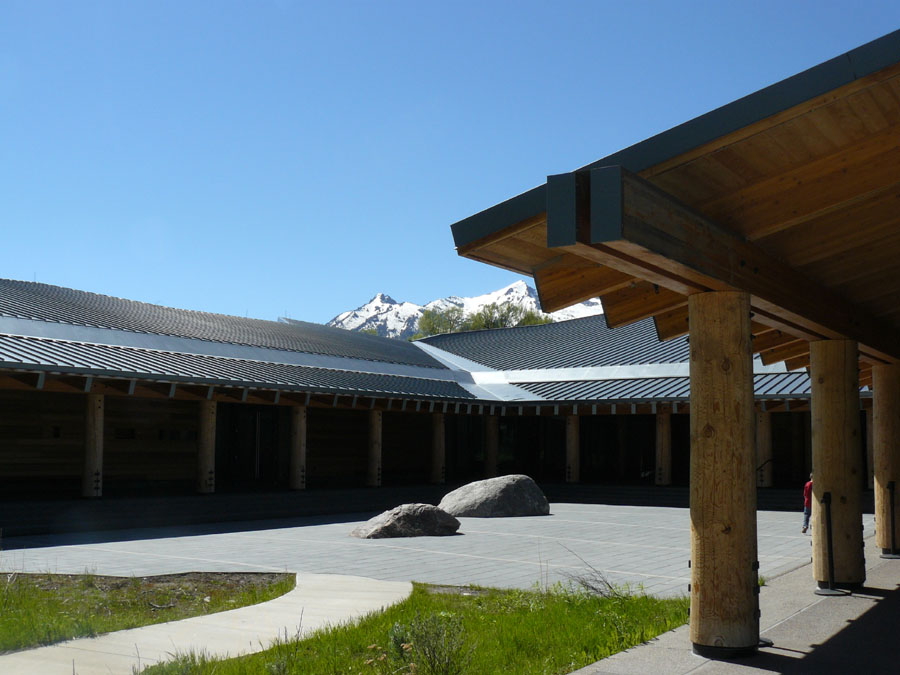I was going through my old sketchbooks and found this piece. I think I drew it not long after watching Ratatouille, which is about a rat learning to be a chef in Paris. This one isn’t directly based on it, but I liked the concept of “rat” and “city” enough to fiddle with it.
I drew this intending to make the foreground a black silhouette and the city layers of purples and other sunset colors. I still haven’t gotten around to it. I think it won’t actually be too difficult, so I’ll put up the finished piece next week.
I have a lot of unfinished pieces sitting around. I’ll get a concept, work excitedly on it, but then something distracts me and I stop. Frequently it’s because I got the concept on to the paper, if only in rough pencils, and my muse says “eh, good enough, have fun with the rest.” And then I find an interesting book, or even another concept, and I abandon the old one. It’s one of my personal habits I find most irritating.
That’s part of why I’m pulling out one of those unfinished ones and saying I’ll post the finished one next week. It’ll give me motivation to actually finish it.
I mean, I can see it clearly in my head how it’s going to turn out. It shouldn’t be TOO tough to get that on the page, right?
Right?

